Estimated reading time 13 minutes, 26 seconds.
Anthony Norejko has served as president and CEO of the Canadian Business Aviation Association (CBAA), Canada’s voice for business aviation, since August 2018. A well-respected member of the industry, Norejko is known not only for his business aviation expertise, but his strategic vision and ability to pull stakeholders together to find a path forward.
Prior to taking the helm of the CBAA, Norejko acted as the association’s vice chair, and previously worked as a chief pilot and director of aviation for Walmart Canada.
Since joining the CBAA board in 2014, Norejko has developed a compelling vision for the association to lead change and create the conditions that enable the success of its membership of roughly 400 companies and organizations.
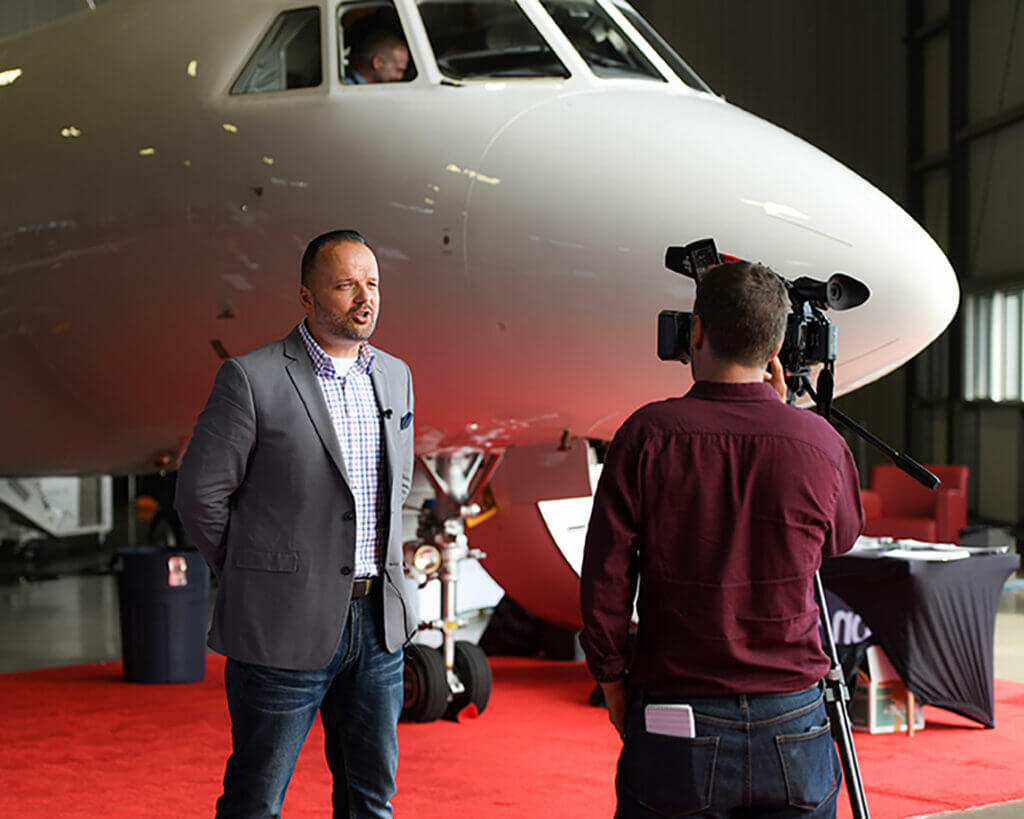
Skies: Over the last five years, how has your role with the CBAA changed?
Anthony Norejko: Right away, I would say what’s changed is the sphere where we play. It’s beyond just Transport Canada; it’s now multiple levels, including the federal, provincial and, at times, municipal governments. For example, when we have issues with any of the major airports, like Vancouver, we have to be talking to multiple levels of government leaders and their staff to educate and influence them about our need at their airport. So, it’s gone from dealing a lot with Transport Canada to dealing with many agencies at the different levels.
The other thing I would say is, there seems to be more emphasis on finding dividing lines between the different categories of air operators. (The first category is the Part 703/704 carriers, the management companies that everybody knows; the second category is the big corporate-owned entities; and the third is individual owned and flown.) For me in a leadership role, I’m now focused on how we bring folks together to say, “This is an important issue for us all, let’s make sure we’re on the same page.”
For instance, what’s good for a 704 operator might not be good for the pure-play 604 operators. When you think of fatigue regulations, they only impact Part 703/704; they don’t impact 604 operators, who have a safety management system. So there’s this division, and it’s about trying to bring people together.
Skies: How would you describe the state of Canadian business aviation right now?
A.N.: We’re in a period now where we are normalizing post-Covid. The pandemic brought about an opportunity to bring people into the industry who never contemplated it before. And I say “normalizing” because we still have some of the same problems as before. The airlines are experiencing operational challenges due to a number of factors, both in their control and out of their control. It’s hard for them to run a schedule that’s on time — so there’s the value proposition for business aviation.
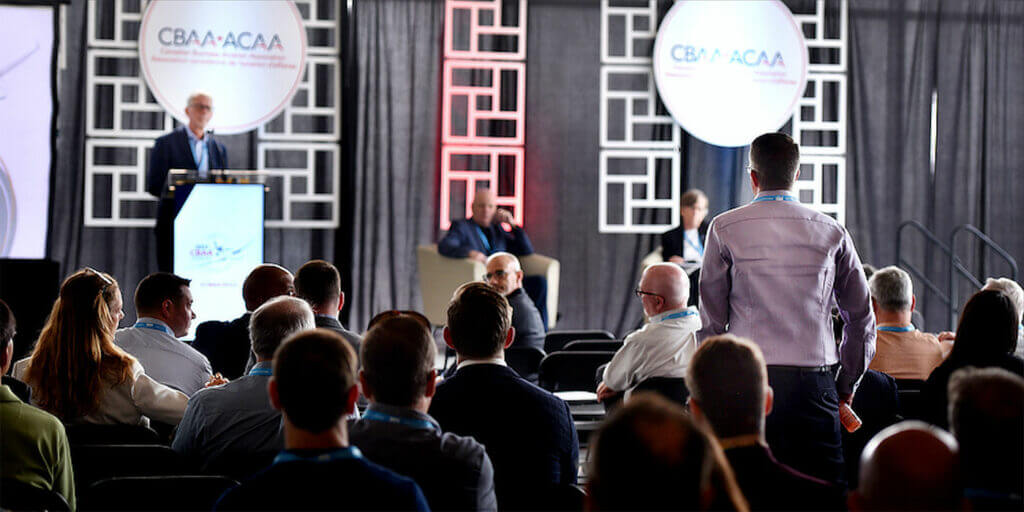
Normalizing just means that, while the industry has definitely come off the peaks of Covid, it’s normalizing to a number that’s better than 2019 levels. So, I’m thinking that we’re just in this new normal.
Skies: What are the key areas of focus for the association currently?
A.N.: The first priority, I would say, is about the members and managing expectations. For instance, if you asked if we left any stone unturned regarding the luxury tax, I would be very hard pressed to find even a pebble that we did not turn. We’ve been talking to labor groups; we’ve been talking to all of the associations; we’ve been talking to manufacturers; we wrote letters; we were on conference calls; we did everything we could. So, the first priority is managing expectations and getting people involved because there are a lot of issues.
The second priority is the airports — namely the four major airports (Toronto, Montreal, Calgary, and Vancouver). In 2024, Vancouver is going to be the number one issue. They’ll be shutting down the north runway, and they’re going to transition from running 70 movements per hour to 40. They’re still a major airport for commercial traffic, and what they’re proposing is going to create very difficult conditions for business aviation.
The third priority is data. We want to get access to Nav Canada’s data and get really good at telling the story that is business aviation. Right now, there is no easy way to plug into Nav Canada’s data. Essentially, Nav Canada charges everybody that flies in the skies, so they need to know who’s there, where they went, and how often they’re doing that. We want to get that data. For instance, when a small regional community is talking about airport restrictions, or the closure at Buttonville Airport, there are impacts. We want to be able to tell the story.
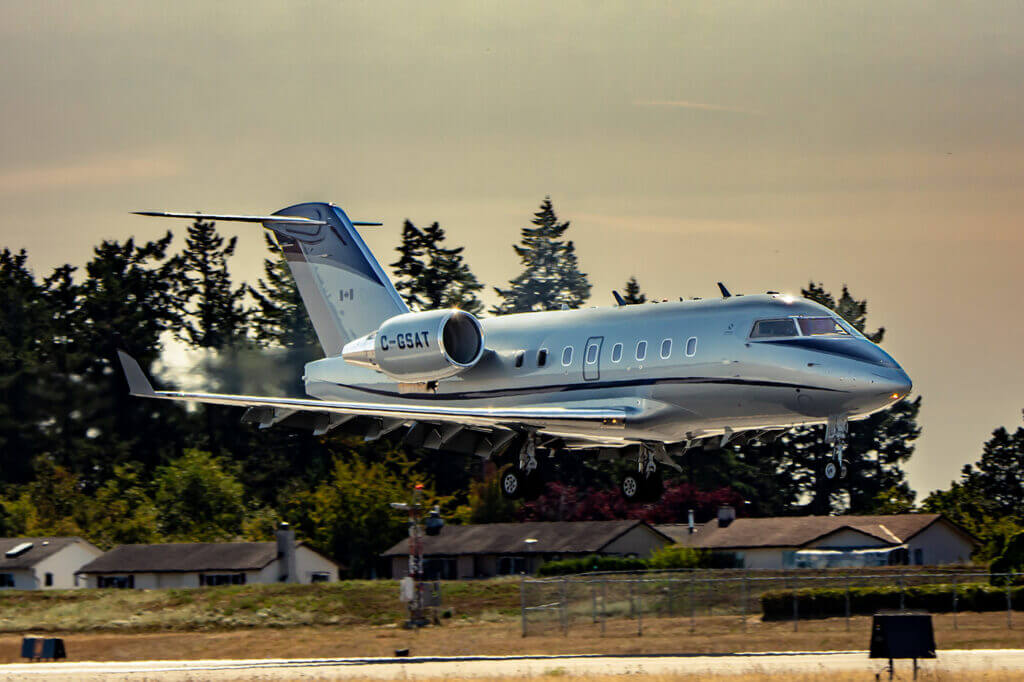
Skies: Where is the CBAA in terms of lobbying against Canada’s luxury tax?
A.N.: There are really two main paths when it comes to the luxury tax. The first is working with the Committee on the Scrutiny of Regulations; they are tasked with looking at how regulations are passed in Canada.
When you look at the luxury tax, what happened was we had the parliamentary budget officers say, “Aircraft should be separate, and they should be studied.” We collectively as an industry — the CBAA, AIAC, and the other associations and labor groups — took that information and went to the finance committee. They voted a unanimous motion that aircraft should be separate and studied. Then, the federal government rolled out the luxury tax on the day they said they would. So, we have this unanimous motion, and it’s just thrown away. Now we are asking the Committee on the Scrutiny of Regulations to take a look at this regulation because they have the power to make the luxury tax for aircraft go away.
The second path is what I would call “widening the lane.” So, for the pure-play corporate operators, the government is saying if 90 percent of your flying within Canada is in service to the business, the luxury tax does not apply. We initially petitioned for a match to the Income Tax Act, which is 50 plus one percent, but the government gave us 90 percent. It’s not what we wanted, but it’s better than nothing — which is actually what they originally proposed. Without our interventions, we wouldn’t even have the 90 percent threshold.
In the end, it’s not a done deal. We’re going to keep pressing on this.
Skies: When you interact with members, what do you find are key topics of discussion?
A.N.: To start, issues with Nav Canada are a big deal. Particularly, service levels are an issue. As we sit here today, there is at least a 15-minute delay at Vancouver airport, and it happens every day.
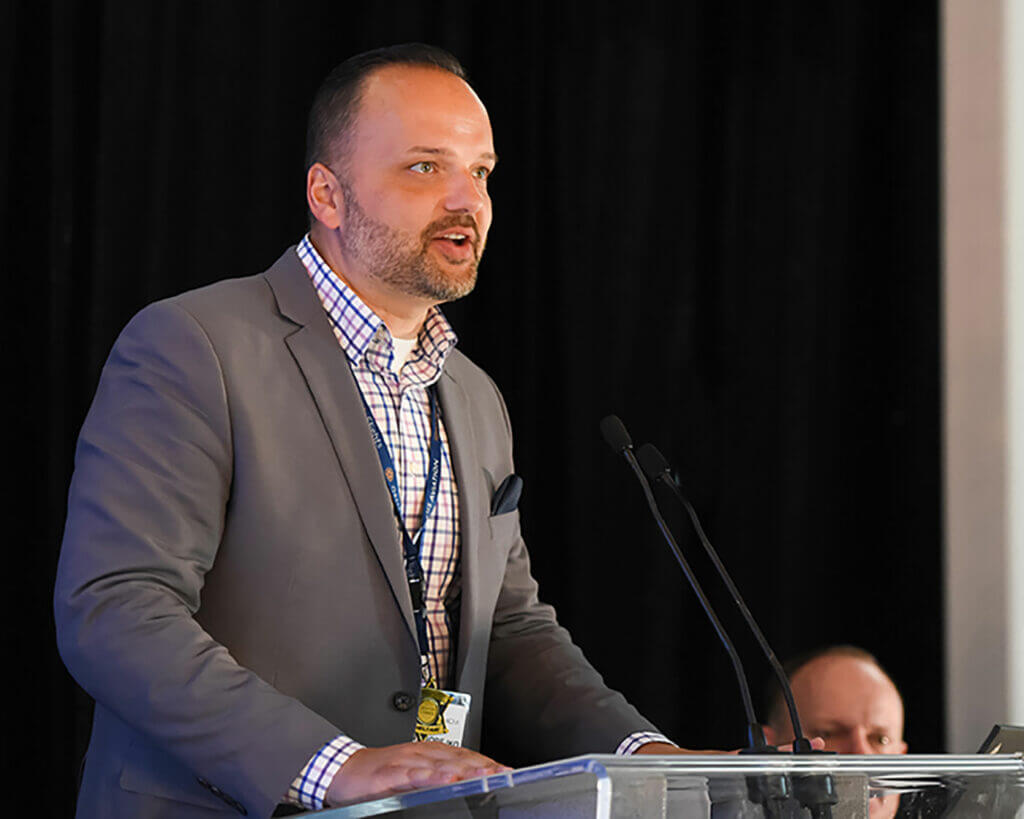
There are also challenges with the Canada Border Services Agency (CBSA). We are trying to work with our CBSA partners to modernize and transform the experience for operators, because calling a phone number and verbally providing updates about who’s onboard the aircraft, and having to wait for what could be 40 minutes or an hour, is a challenge.
As well, airport issues are a key topic. Soon, all four major airports are going to have “slots” [a specific window during which an aircraft can take off or land, which is reserved for a flight and linked to an aircraft registration]. Toronto and Montreal already have them, and Calgary and Vancouver are next. So there’s going to be a learning curve there.
Skies: Every year, the CBAA hosts a convention in a new location, where its members have the opportunity to gather. Why does the CBAA’s annual convention continue to be so important?
A.N.: The convention is about creating points of opportunity and creating points of connection. We want to create experiences that people remember, so that’s what we tried to do with the convention this year in Calgary, with the Calgary Stampede “fun night.”
Sure, you could go online and you could meet each other on LinkedIn; you don’t have to come. But if there’s a story to be told, a reason to meet, a connection to make, that’s why you come here.
One change that we’ve made is we thinned out the chapter meetings. So now, instead of doing those every quarter, we only do them in the spring and the fall. So it’s spring and fall chapter meetings, and the convention in the middle in the summer — that’ll be our format.

Skies: This year’s convention was held at Sunwest FBO in Calgary, Alberta. In your opinion, did it meet expectations?
A.N.: This year, we had a total of 652 attendees, with 50 exhibitor booths and 16 aircraft on static display. What’s significant is that we had a 45 percent increase in “private operator registration dockets” — the small corporate flight departments and individual owners.
Yes, we expect to have good turnout from our big carriers, like the big management companies and the big corporate companies — especially those that are based here. But what’s great to see is that our individual members — those smaller flight departments that otherwise wouldn’t make it out — made it out.
This year we saw an improvement over last year’s numbers in Toronto. So, Toronto has a higher population base, but we had a greater turnout here in Calgary of that crowd. That’s an important stat to me — that a diversity of our membership showed up.
Skies: The theme of this year’s convention was “Flying into the Future.” What do you think the future holds for business aviation?
A.N.: I think, for business aviation, the story will be leveraging the tools that are out there now to improve operations; to be the first to deploy things like artificial intelligence and machine learning, whether it’s on the customer experience, on flight planning, etc. And those tools will lead to advances in sustainability.
Business aviation is going to lead from the front in terms of sustainability and the environment. However, the biggest risk is that Canada has a goal to have 10 percent of its jet fuel be sustainable aviation fuel (SAF) by 2030; that number is about a billion liters, and we are producing nowhere near that. The CBAA is working with the Canadian Chamber of Commerce and all these other agencies — we’re part of the Canadian Council for Sustainable Aviation Fuels, for example — and we’re trying to advocate for this. SAF is the future. SAF is the quickest way to show a reduction in emissions. But our governments are not creating the incentives to make the fuel or buy the fuel.
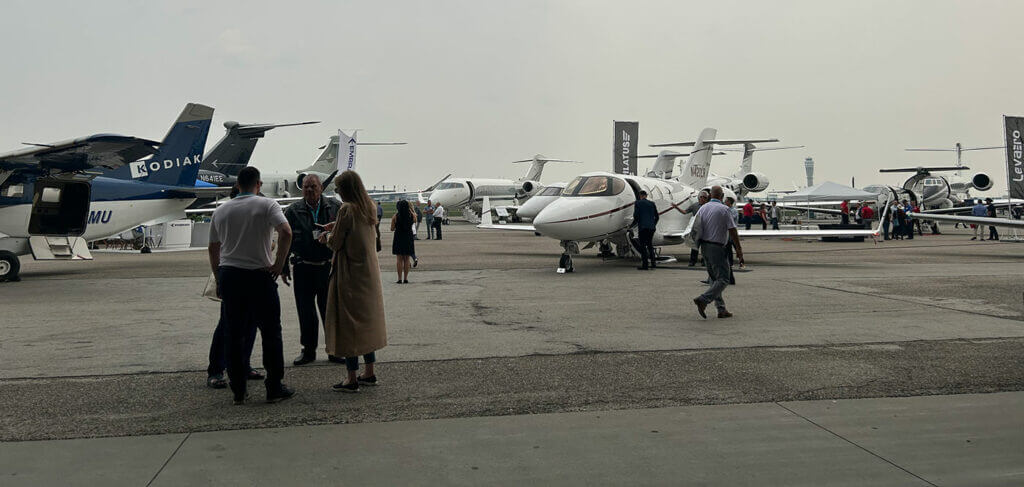
What’s interesting about business aviation, though, is that even without the incentives on the fuel, we’ll likely pursue it because of the environmental/sustainability goals that a lot of operators have. So that’s how we’re going to lead from the front.
I think what’s exciting is for those who want to be bold, there are some really great opportunities in innovation for them. And that’ll help us tell a new story for business aviation.

